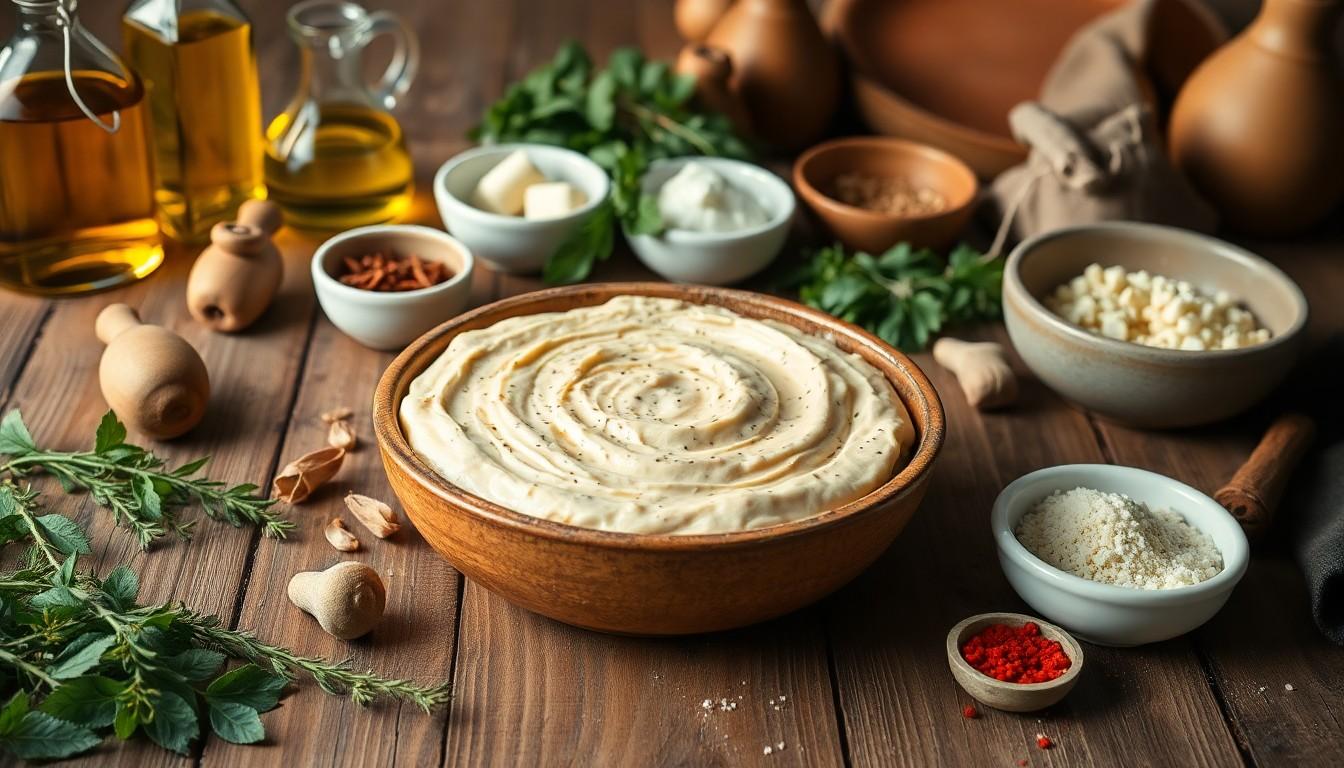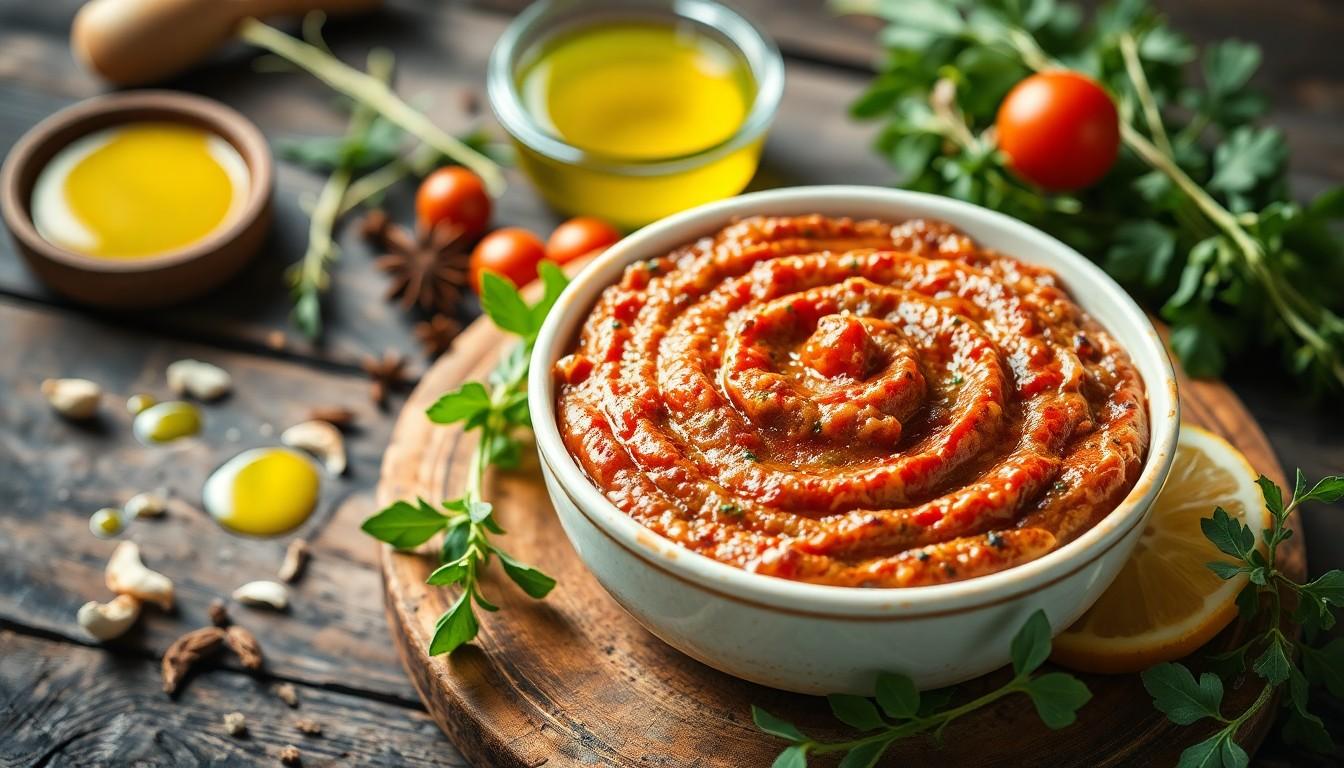In a world where food allergies and dietary preferences reign supreme, the question of whether felmusgano contains milk can stir up quite the debate. Imagine biting into a delicious treat only to discover it’s a dairy disaster waiting to happen. For those who steer clear of milk, this inquiry isn’t just a casual curiosity—it’s a matter of culinary survival.
Understanding Felmusgano
Felmusgano is a culinary product that raises questions about its ingredients, especially concerning dairy content. For individuals with lactose intolerance or dairy allergies, understanding its components is vital.
What Is Felmusgano?
Felmusgano is a type of spread or condiment commonly found in Mediterranean cuisines. This versatile product typically features a blend of various flavors, enhancing dishes from appetizers to main courses. Chefs often use felmusgano to add depth to meals, making it a popular choice in many recipes. Knowing its exact composition helps consumers make informed dietary decisions, particularly regarding allergens.
Common Ingredients in Felmusgano
Common ingredients in felmusgano vary by brand and recipe. Oil often acts as a primary base, creating a smooth texture. Spices and herbs contribute distinctive tastes, enhancing the overall flavor profile. Some versions may include nuts, which provide additional richness and complexity. While many felmusgano recipes do not contain milk, reading labels remains essential for those with dietary restrictions.
The Milk Content Debate

Determining the presence of milk in felmusgano is crucial for those with dietary restrictions. Understanding ingredient variations can significantly impact culinary choices.
Research and Studies on Milk Presence
Studies consistently show that felmusgano recipes vary widely. Some research indicates that numerous brands include dairy products to enhance flavor. However, many recipes adhere to dairy-free norms, particularly within traditional Mediterranean cuisines. Ingredients like olive oil, spices, and herbs often dominate. Consumers benefit from diligent label reading to identify potential allergens. Food safety experts recommend scrutiny of ingredient lists, especially for those with lactose intolerance or dairy allergies.
Cultural Variations in Preparation
Cultural influences shape the preparation of felmusgano significantly. In some Mediterranean regions, local customs incorporate dairy, while others embrace entirely dairy-free versions. Traditional Mediterranean recipes, often passed down through generations, frequently exclude milk, showcasing the versatility of plant-based alternatives. Some culinary practices utilize nuts or tahini as a creamy substitute instead of dairy. Understanding these regional differences helps consumers navigate their dietary needs more effectively. Knowing these variations aids in making informed choices regarding felmusgano consumption.
Health Implications
Understanding the health implications of felmusgano is crucial for individuals with dietary restrictions. This spread may or may not contain milk, depending on the brand or recipe.
Lactose Sensitivity and Allergies
Lactose sensitivity presents serious health concerns for those affected. Consuming products that contain milk can lead to gastrointestinal discomfort, including bloating and diarrhea. Allergies to dairy proteins can provoke severe reactions, such as hives or anaphylaxis. Individuals must verify ingredient labels to identify any potential dairy content. Many traditional felmusgano recipes use dairy-free ingredients, offering suitable alternatives for lactose-intolerant individuals. Therefore, consumers should explore ingredient lists thoroughly to ensure safety.
Nutritional Analysis of Felmusgano
Nutritional profiles of felmusgano vary widely based on ingredients. Most versions feature healthy oils and a blend of spices and herbs, providing essential nutrients without dairy. With a base of olive oil, this spread contains heart-healthy fats, promoting cardiovascular health. Some recipes integrate nuts, which enhance protein content. Calories can fluctuate depending on the oil and any additional ingredients used. Generally, listeners should consider these variations when incorporating felmusgano into meals. Nutritional labels serve as valuable tools for making informed choices about dietary needs.
Consumer Perspective
Understanding the consumer perspective on felmusgano involves examining its popularity and the experiences shared by users.
Popularity and Demand
Interest in felmusgano continues to grow, driven by its unique flavor profile and versatility. Consumers appreciate its role in enhancing various Mediterranean dishes. Preference for dairy-free products further boosts demand, as many individuals seek alternatives due to dietary restrictions. Market research shows that brands emphasizing natural ingredients are favored by health-conscious consumers. Increased online availability allows more people to discover and enjoy this spread. Users often share recipes, showcasing creative uses that make felmusgano a staple in many kitchens.
Customer Reviews and Experiences
Customer reviews highlight diverse perceptions regarding felmusgano. Many users rave about its rich flavors and the ease of integrating it into meals. Positive feedback often centers on its dairy-free formulations, making it suitable for lactose-intolerant individuals. Consumers frequently mention the satisfaction of finding a flavorful condiment that aligns with their dietary needs. Negative experiences usually relate to variations in brand formulations, which can sometimes include dairy. Through shared experiences, potential buyers gain insight into the product, enhancing their decision-making process.
Conclusion
Understanding whether felmusgano contains milk is essential for anyone with dietary restrictions or allergies. The variations in recipes and brands can lead to significant differences in ingredient composition. While many traditional Mediterranean versions are dairy-free, some brands might incorporate milk to enhance flavor.
Consumers should always check ingredient labels to ensure their safety and dietary needs are met. With the rise of health-conscious eating and a preference for natural ingredients, felmusgano remains a versatile option for enhancing meals. By being informed, individuals can enjoy this flavorful spread without compromising their health.


